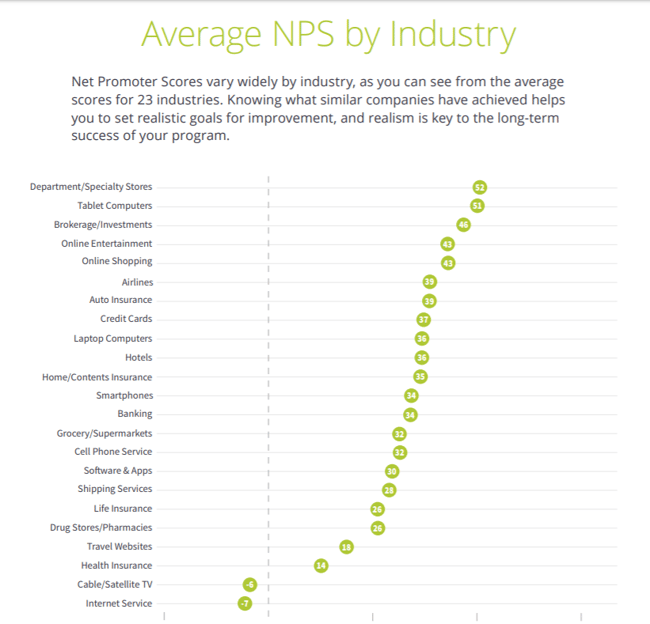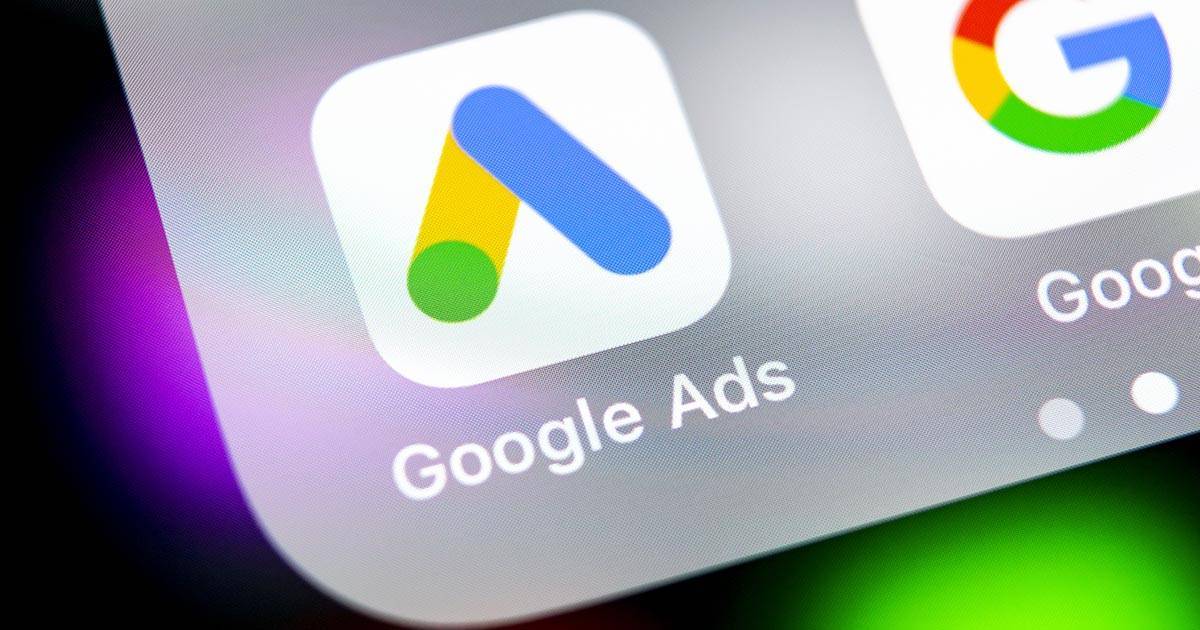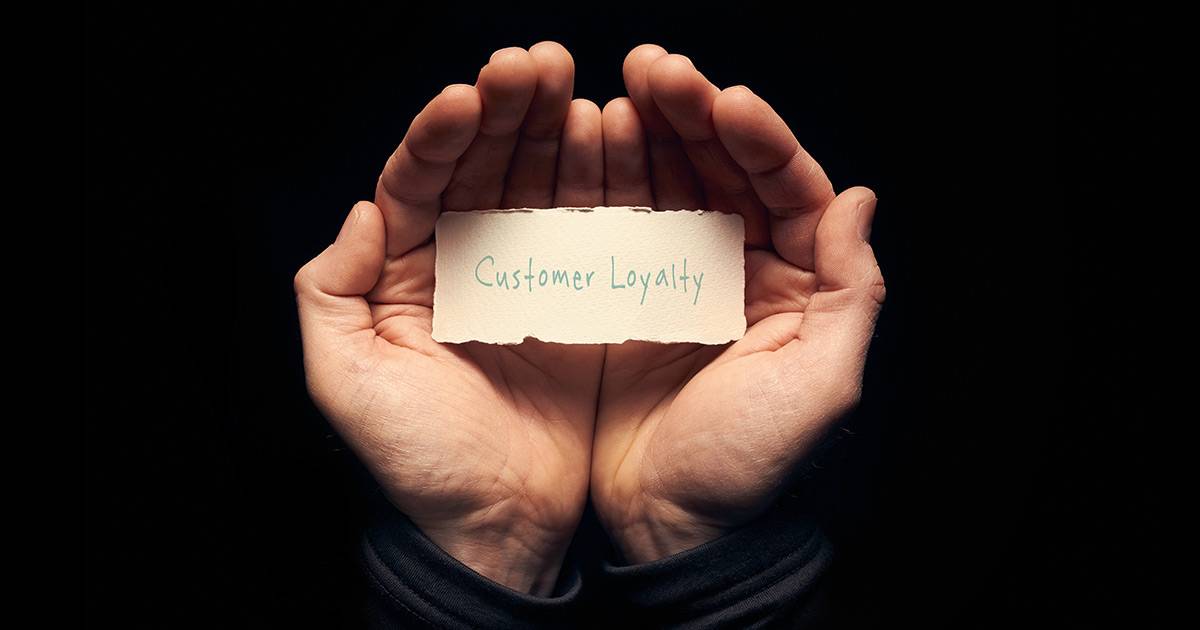We’ve all heard the team “the squeaky wheel gets the grease.” And although we definitely recommend visiting a mechanic over fixing your car with a can of grease, this expression really does still apply to your customers.
Customer reviews have a lot of power — especially in the internet age, when recommendations and complaints can go viral on social media faster than you can say “the customer is always right.”
Word-of-mouth recommendations, and complaints, are taken incredibly seriously by consumers. Recommendations from friends and family members are the most trusted source of advertising for 83% of respondents, and nearly 100% of customers surveyed said they trusted recommendations from other people — even strangers — more than content from brands.
Conversely, a Harvard Business Review study found 48% of customers who had negative experiences with a company told 10 or more people. And as it turns out, customers like talking about bad customer experiences more than good ones — American Express’s “Global Customer Service Barometer” survey found the average customer in the United State tells 12 other people about good experiences — and 24 people about bad experiences.
If you’re reading this and starting to panic because you have no idea what your customers think of your product or your service, remain calm. You just need a method to start surveying them and analyzing their reviews to determine how loyal and enthusiastic your customers are — or aren’t. That’s where the Net Promoter Score® can help. It’s also why it NPS should be incorporated into your overarching marketing strategy
What Is Net Promoter Score?
The Net Promoter Score, or NPS, is a simple survey method to help you determine how loyal your customers are. NPS is a customer satisfaction metric that measures, on a scale of 0-10, the degree to which people would recommend your company to others.
Surveying Your Customers
NPS is calculated by surveying customers and asking the question, “on a scale of 0 to 10, how likely are you to recommend to a friend?”
So once you’ve collected the answers to this question, you can categorize customer answers into three groups:
- Customers who answer with a 9 or 10 would most likely recommend to a friend, so they are promoters.
- Customers who answer with a 7 or 8 are neutral, so they are passives.
- Customers who answered between 0 and 6 most likely wouldn’t recommend to a friend, so they are detractors.
Tally up the total number of respondents, and then tally up the number of respondents in each category. Determine the percentage breakdown of each category.
Calculating NPS / Net Promoter Score
Then, to calculate NPS, you subtract the percentage of “detractors” (customers who wouldn’t recommend you) from the percentage of “promoters” (customers who would recommend you). Obviously, the fewer detractors, the better. Regularly surveying and evaluating the NPS for your business allows you to establish benchmarks so you can figure out how to improve the loyalty of your customers — and, hopefully, generate more positive recommendations than negative reviews.
So, if you surveyed 31 customers, and twenty four were promoters and three were detractors, 77% would be promoters, and 10% would be detractors. The formula for your NPS calculation would be:
NPS = 77% – 10% = 68

Net Promoter Score by Industry
Context is important when it comes to most statistics and data, and NPS is no exception. The average NPS varies across industries, so it’s important to consider the context of your industry when evaluating your own company’s NPS. Below are customer experience management company Satmetrix’s calculations for the average NPS, by sector, in the United States:
1. Department/Specialty Stores: 52
2. Tablet Computers: 52
3. Brokerage/Investments: 46
4. Online Entertainment: 43
5. Online Shopping: 43
6. Airlines: 39
7. Auto Insurance: 39
8. Credit Cards: 37
9. Laptop Computers: 36
10. Hotels: 36
11. Home/Contents Insurance: 35
12. Smartphones: 34
13. Banking: 34
14. Grocery/Supermarkets: 32
15. Cell Phone Service: 32
16. Software & Apps: 30
17. Shipping Services: 28
18. Life Insurance: 26
19. Drug Stores/Pharmacies: 26
20. Travel Websites: 18
21. Health Insurance: 14
22. Cable/Satellite TV Service: -6
23. Internet Service: -7

Source: Satmetrix
NPS – The Impact of the Net Promoter Score
Referral Marketing
A high NPS helps companies take advantage of referral marketing. It helps companies harness the enthusiasm of engaged, promoter customers to generate buzz and awareness and attract new customers. Through customer loyalty and brand advocacy, brands can use enthusiastic customers’ word-of-mouth and online recommendations, social media promotion, and event attendance to gain new leads and customers.
Here are a few more convincing stats about the power of referral marketing — if you aren’t already convinced:
The success of referral marketing is a reflection of social proof — the theory that consumers will adapt their behavior according to what other people are doing. If a person knows your company already has hundreds of happy customers, they’ll be more likely to consider purchasing from you.
NPS / Customer Loyalty
It’s easy to focus on how to acquire new customers, but you also want to constantly evaluate how to retain existing customers and keep them happy, too.
Why? Two big reasons:
- It’s 5-25X more expensive to acquire a new customer than it is to retain an existing one.
- Increasing customer retention by 5% can increase profits by 25-95%.
These numbers aren’t anything to scoff at. While marketing and sales teams are hard at work attracting, converting, and closing new customers, customer success teams need to be hustling to retain customers and reduce churn. NPS is a way to measure progress on that front.
Companies should measure NPS results over time — both the overall Net Promoter Score, and the breakdown of scores in each category — to evaluate churn risks and other potential potholes. An increasing number of promoters and a decreasing number of detractors is ideal, but you should also measure how the breakdown changes over time. An increased number of detractors is an obvious red flag, but pay attention to your passive responses, too.
What should you monitor with NPS?
If the number of promoters decreases, and the number of passives decreases, that could mean customers are less satisfied and are at risk of becoming detractors or switching to another brand.
If the number of detractors decreases, and the number of passives increases, that could mean customers are happier with your product, but that they still aren’t completely satisfied enough to promote you.
An abrupt change in the number of promoters or detractors is a clear signal, but stay vigilant of passive respondents, too — they could be on their way to either end of the NPS spectrum.
Now that you’re ready to learn from your customers — and engage them through customer loyalty programs and social media — it’s time to start asking questions.
You can use survey tools to ask your customers the NPS question — “on a scale of 0 to 10, how likely are you to refer us to a friend?” We also suggest leaving an open form so customers can comment about why they gave the answer they gave so you can analyze your quantitative and qualitative results.
Net Promoter, Net Promoter System, Net Promoter Score, NPS, and the NPS-related emoticons are registered trademarks of Bain & Company, Inc., Fred Reichheld, and Satmetrix Systems, Inc.












